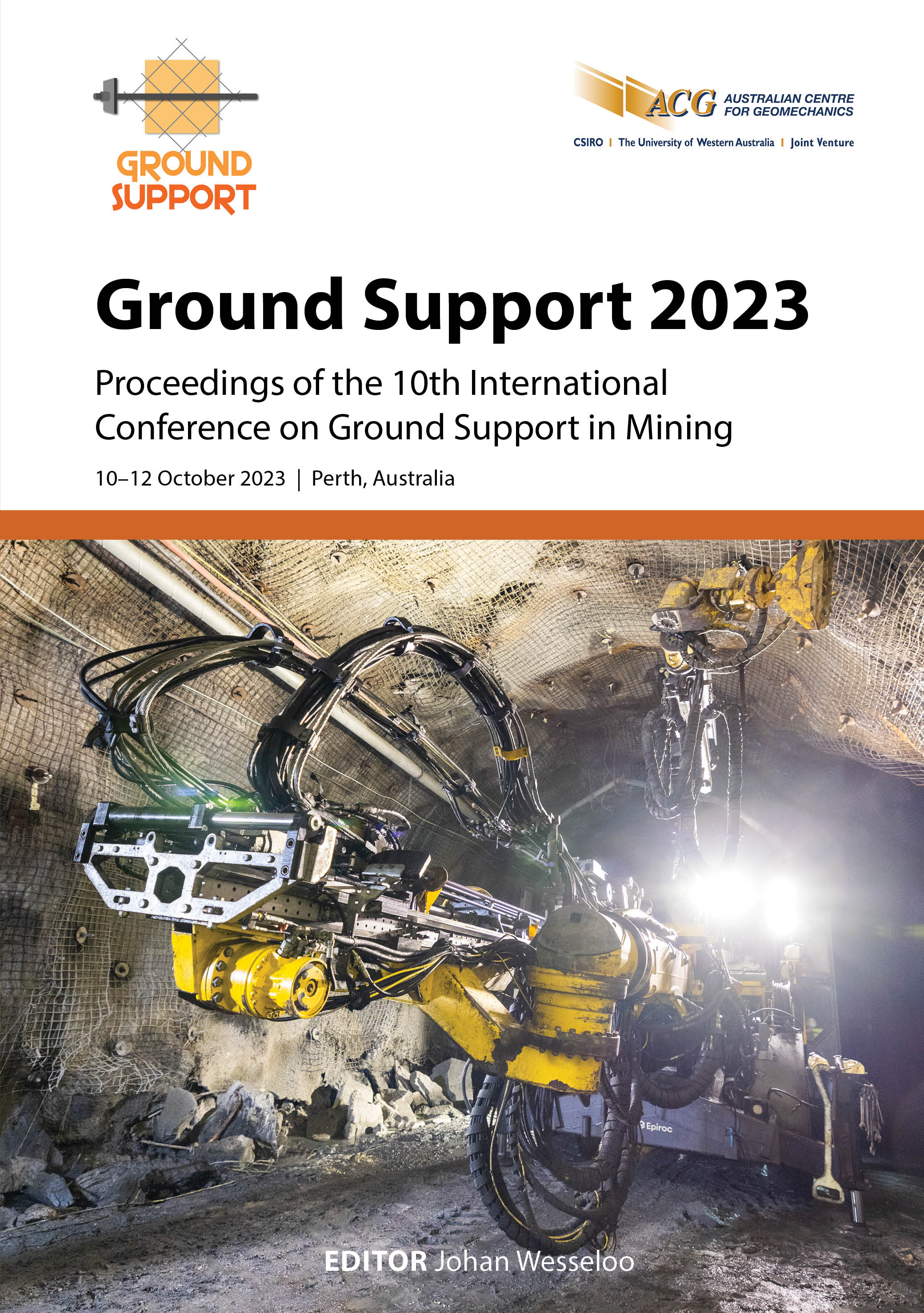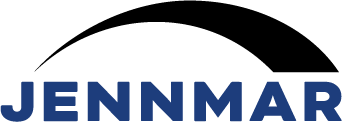High-resolution ground-deformation and support monitoring using a portable handheld LiDAR approach

|
Authors: Mercer, S; Morgenroth, J; Simser, B |
DOI https://doi.org/10.36487/ACG_repo/2325_02
Cite As:
Mercer, S, Morgenroth, J & Simser, B 2023, 'High-resolution ground-deformation and support monitoring using a portable handheld LiDAR approach', in J Wesseloo (ed.), Ground Support 2023: Proceedings of the 10th International Conference on Ground Support in Mining, Australian Centre for Geomechanics, Perth, pp. 51-60, https://doi.org/10.36487/ACG_repo/2325_02
Abstract:
Light detection and ranging (LiDAR) technology plays a strategic role in the design and maintenance of underground support systems. Ground deformation, and by extension, ground support monitoring, are typically performed using tripod or wall-mounted survey-grade tools, single-point to multipoint measurements or by simple visual inspection. These traditional data-collection practices offer limited quality control, decreased accuracy and minimal standardisation across geotechnical personnel. As more portable underground LiDAR solutions become available, mine sites are integrating them into their daily underground inspections. Using a LiDAR-based approach, ground convergence and subsequent deformation monitoring can be completed using a model-to-model comparison between two scans taken at the same location but at different points in time. The comparison uses a distance computation to calculate the relative change between the two scans and generates a heat map based on the results. This paper presents a case study on the lowest reliable detection threshold for relative ground deformation by a handheld LiDAR solution. Mine sites with relatively small ground displacements require very high-resolution point clouds to achieve useful results in a model-to-model comparison. This paper aims to demonstrate that handheld LiDAR solutions can meet point cloud resolution and productivity requirements to efficiently capture small ground displacements in underground mining operations. This is achieved through the use of a portable infrared LiDAR device, which contains an integrated onboard attitude and heading reference system (AHRS). The combination of the infrared LiDAR and AHRS allows for the capture of georeferenced scans in seconds, which increases the efficiency of the data capture and downstream postprocessing workflow. Improving the fidelity of the data captured for ground deformation and support monitoring can result in safer excavations for both personnel and equipment, as well as more economical design and timelier support rehabilitation interventions.
Keywords: deformation monitoring, LiDAR scanning, damage mapping, digitisation
References:
Gallant, M & Marshall, J 2016, ‘Automated rapid mapping of joint orientations with mobile LiDAR’, International Journal of Rock Mechanics and Mining Sciences, vol. 90, pp. 1–14,
International Organization for Standardization 2013, Space Systems — Definition of the Technology Readiness Levels (TRLs) and Their Criteria of Assessment (ISO 16290:2013), International Organization for Standardization, Vernier.
James, M, Robson, S & Smith, M 2017, ‘3-D uncertainty-based topographic change detection with structure-from-motion photogrammetry: precision maps for ground control and directly georeferenced surveys’, Earth Surface Processes and Landforms, vol. 42, no. 12, pp. 1769–1788,
Kaiser, P & Moss, A 2022, ‘Deformation-based support design for highly stressed ground with a focus on rockburst damage mitigation’, Journal of Rock Mechanics and Geotechnical Engineering, vol. 14, no. 1, pp. 50–66,
j.jrmge.2021.05.007
Lohani, B, Ghosh, S & Sasidharan, S 2013, Surveillance System Based on Flash LiDAR, Indian Institute of Technology Kanpur, Kanpur.
Smith, JW & Yee, S 2020, ‘Rapid automated processing of structural orientation from time-of-flight LiDAR mapping’, in J Wesseloo (ed.), UMT 2020: Proceedings of the Second International Conference on Underground Mining Technology, Australian Centre for Geomechanics, Perth, pp. 247–260,
© Copyright 2025, Australian Centre for Geomechanics (ACG), The University of Western Australia. All rights reserved.
View copyright/legal information
Please direct any queries or error reports to repository-acg@uwa.edu.au
View copyright/legal information
Please direct any queries or error reports to repository-acg@uwa.edu.au
